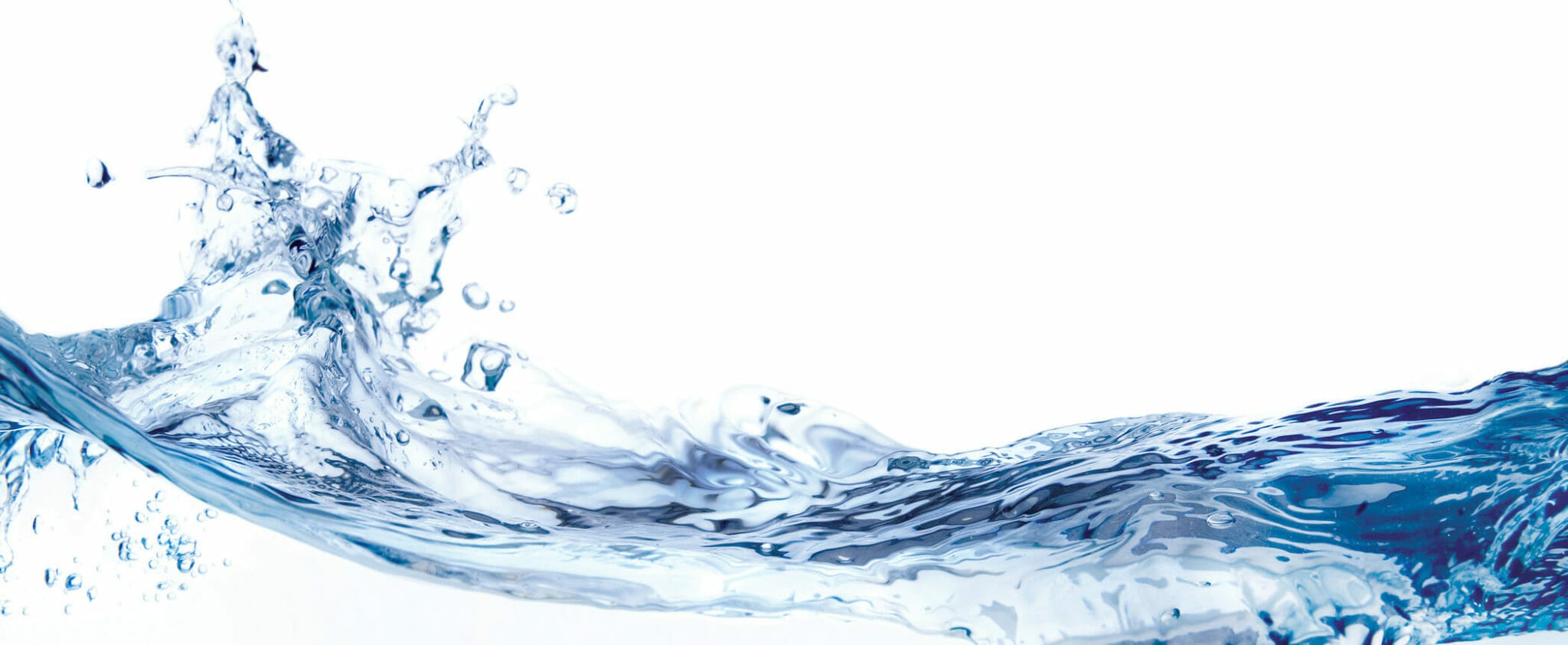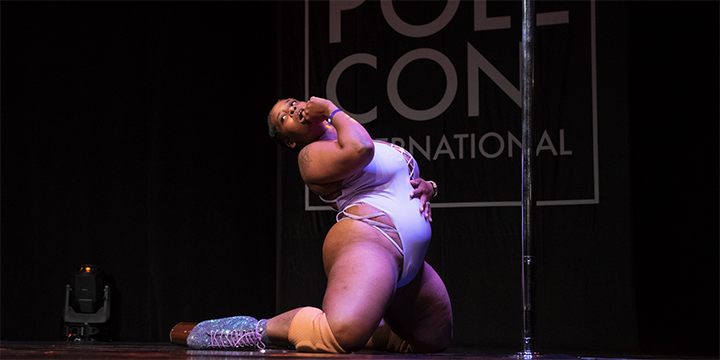
Water Water Everywhere
Water. Love it or hate it, it’s essential. It’s about 75% of you! It’s found in every tissue of the body, and makes up the bulk of the fluid in every cell. Just some of the many roles of water in the body:
· Improves oxygen delivery to cells
· Transports nutrients
· Enables cellular hydration
· Moistens oxygen for easier breathing
· Cushions bones and joints
· Absorbs shocks to joints and organs
· Regulates body temperature
· Removes wastes
· Flushes toxins
· Prevents tissues from sticking
· Lubricates joints
· Improves cell-to-cell communications
· Maintains normal electrical properties of cells
Did you know your cartilage is up to 80% water? If you have joints that pop and click, increasing your hydration can really make a difference. Feeling a bit bloated? Increasing your water intake will actually flush out the extra water that’s making you puffy. There are so many reasons to drink up!
The body can produce about 8% of its daily water needs through internal metabolic processes. The remaining 92% must be ingested through what we eat and drink. We can’t store water, so we need to replenish it every day by staying well hydrated. Surprisingly, as many as 8 cups of water are lost each day to your basic metabolic processes, including breathing. That’s before you exercise or do anything beyond simply being alive!
Unfortunately, most people aren’t drinking anywhere near enough water to meet their body’s needs. Water is the most common nutritional deficiency in the American population.
If the body’s water level drops by as little as 2%, symptoms of dehydration will set in: fatigue, headache, anxiety, irritability, depression, cravings, and cramps. Migraines, heartburn, joint pain, back pain, and constipation will follow as dehydration continues.
Water depends on electrolytes (minerals that can conduct electricity when dissolved in water) for proper absorption and to control osmosis throughout the body. One great way to get minerals is through natural spring/mineral water or electrolyte water (in addition to eating lots of veggies and fruit!). Spring/mineral water should be bottled at the source and preferably in glass bottles, and contains tons of good stuff from all the time the water spent bubbling up through the earth. Electrolyte water is also good; it doesn’t contain sodium, which means it doesn’t taste salty, and is ok for people with sodium concerns. But note, sodium is an important mineral to consume, too! Spring or electrolyte water with sodium is a great post-workout drink—just add a pinch of real sea salt to your water bottle.
You should be drinking half your body weight in ounces of water a day, to a maximum of 100 ounces. (140 lbs = 70 oz water daily). Plus, add another 12 oz for every 8 oz of diuretics you drink, including coffee, fruit juice, and alcohol. Sip your water throughout the day–if you drink a large amount all at once, you just quickly pee it out.
I love water and drink mine plain out of a cute cup! But if you don’t love it, here are some great ways to perk up your hydration:
· steep fresh mint leaves in boiling water, then refrigerate.
· add tons of cut up citrus, cucumbers, or berries
· make caffeine-free herbal teas
· add a drop of essential oil, like orange oil made from orange peels
· blend watermelon, strawberries, and fresh mint, and freeze to make flavored ice cubes.
Other great hydration options that can be found on health food shelves these days include coconut water, maple water, aloe water and watermelon water. These all contain minerals, but also some calories and even some small amounts of sugar. If plain water just isn’t doing it for you, you might try diluting one of these 50/50.
- Water Water Everywhere - February 20, 2015
- Fighting Injuries Naturally - February 3, 2015
- SUGAR BY ANY OTHER NAME - January 13, 2015
This Post Has One Comment
Comments are closed.



[…] you drinking enough water? Find out here, along with some great ideas to keep things interesting if you hate drinking plain old […]